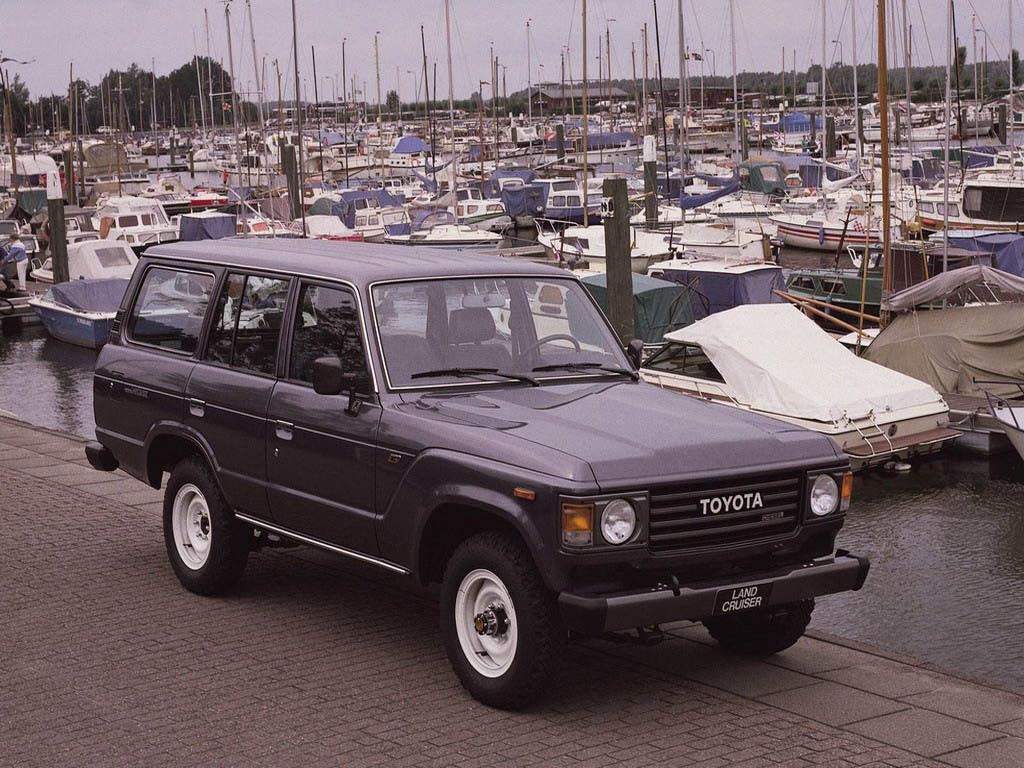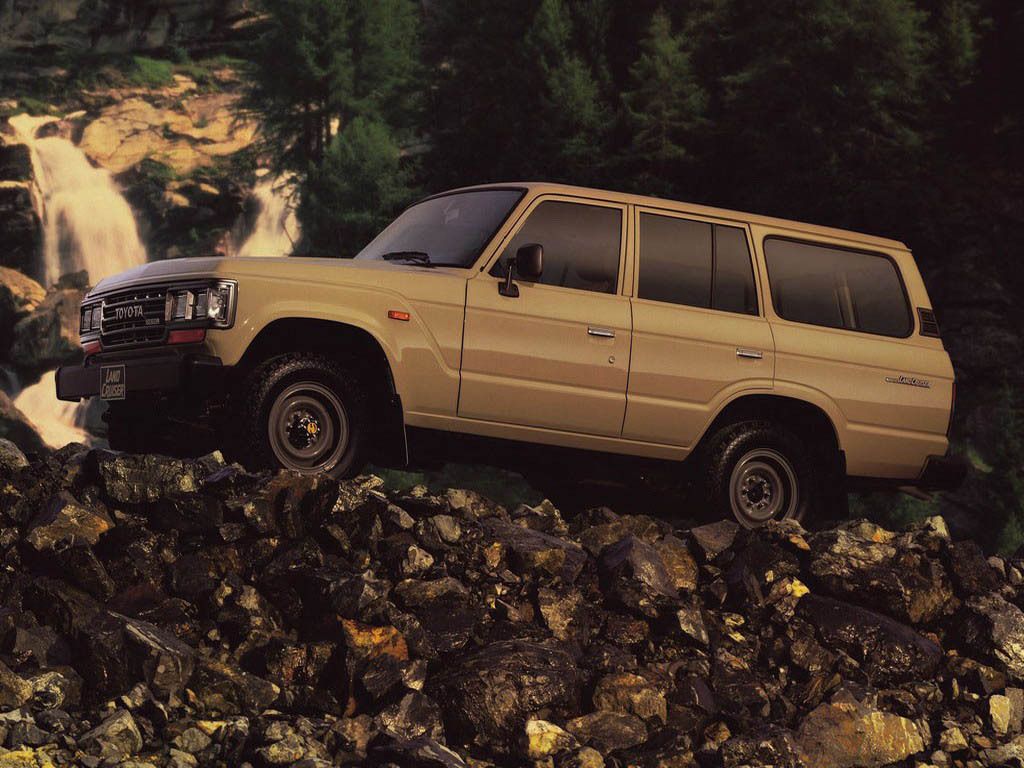In 1976, chief Land Cruiser engineer Hiroshi Ohsawa began planning for the next generation of the 50-series Land Cruiser. In order to compete in the US market, something more was needed beyond what the FJ55V had to offer. It had to have a larger body, feel closer to an estate car, include more luxurious touches in the interior, and offer a more comfortable ride.
1980 - 1989 Toyota Land Cruiser 60 series
- Make: Array
- Model: 1980 - 1989 Toyota Land Cruiser 60 series
- Horsepower: 0@0
- [do not use] Vehicle Model: Array
Hostory
The problem was what to do with the suspension. Mr. Ohsawa considered an independent front suspension, however this idea was rejected in favor of the existing front and rear leaf springs and solid axles of the FJ55V to ensure that the Land Cruiser lived up to its off-road reputation. And thankfully so. It's interesting to note that Toyota was considering IFS as early as the mid 1970s. Of course, a mere 10 years later, IFS would find it's way onto the 4Runner/Surf and some trucks and today all but one model of the Land Cruiser uses IFS.
Another improvement that had to be incorporated into the new model was to create a design that was less likely to roll. This was because in the Middle East, people would load the roof high making it top-heavy and then drive on dirt roads at speeds of more than 60 mph. Investigation revealed that they were often carrying petrol cans, not surprising, considering that petrol stations were few and far between in the desert. This new series featured a wider tread to cope with the top-heaviness by providing more stability when cornering, and was sized closer to the global standard for a station wagon.
The 60 series was born and introduce worldwide in 1980. The body style and interior looked almost nothing like the 55 series it replaced, but the suspension and axles and drive train were closely related and in some aspects even carried over from the old model to the new model.The 60-series was also quite popular in Japan. Demand in Japan had increased for a long model diesel-powered vehicle that was inexpensive to maintain, and the 60-series filled the bill. In addition to the 2F-type petrol engines in the FJ60, a 3.4 liter B-type 4 cylinder diesel engine was added and called the BJ60.
In October of 1982, the new HJ60 appeared. Not only did it have a larger engine (a 6-cylinder diesel), it came with a higher roof, a 5-speed transmission, electric moon roof, remote control mirrors and other luxury features. The FJ and the BJ evolved from the 60 to the 61-series, and a luxury model similar to the HJ was added to the BJ 61. Land Cruiser gained its first ever class designation, the GX, to distinguish it from the standard model.
A look back over the development of the 60-series reveals how it started as a utility vehicle and evolved into something closer to a passenger car. In particular, with the debut of the competing Mitsubishi Pajero (Montero) in 1982, the subsequent appearance of high-roof cars, and the addition of luxury items such as the automatic transmission and turbo diesel, minor changes were introduced annually. This development became the basis for the later 80-series and the 100-series of today.
The 60-series underwent a number of minor changes. In time in took on power windows and automatic transmission as well as other luxury trimmings. The resinous crash pad with steel panels found on early model 60-series dashboards was enlarged. Although the gauges were placed in a separate section of the dashboard, retaining the image of the utility car, the interior had full trim and looked much like a passenger car, quite unlike the 55-series.
In 1986, Toyota introduced the 2H, a turbo diesel and called this model the HJ61. In 1988, Toyota made several changes including the most obvious headlight arrangement. Earlier models used 2 front headlights, while newer models used a 4 headlight set up.
The FJ62G was a wagon with front bucket-type seats and a split third seat in the rear, which could only be accessed by first folding the second seat forward. When not in use, the third seat could be folded up along the right and left sides of the vehicle. This not only limited the available cargo room, but tended to block part of the rear view, creating a blind spot on the right and left sides. Thanks to the high roof, the interior of the vehicle looked quite spacious although there was not much legroom.
The 60-series really marked the transition between the boxier shape of earlier models to the sleeker, more aerodynamic look that carries into the present day. By 1989 when the 80-series debuted, the 60-series chassis, although benefiting from improvements in performance and driving comfort, had reached its limits for the luxury market.The 55 series might be considered the last of the hardcore, original utility oriented Land Cruisers (baring the 70 series of course) while the 60 series marked the beginning of the transition from utility to sport utility and more luxury oriented 4x4. However, the 60 series was still very well equipped and heavy duty. Many thousands were modified and are still used today for very hardcore off roading all over the world.




